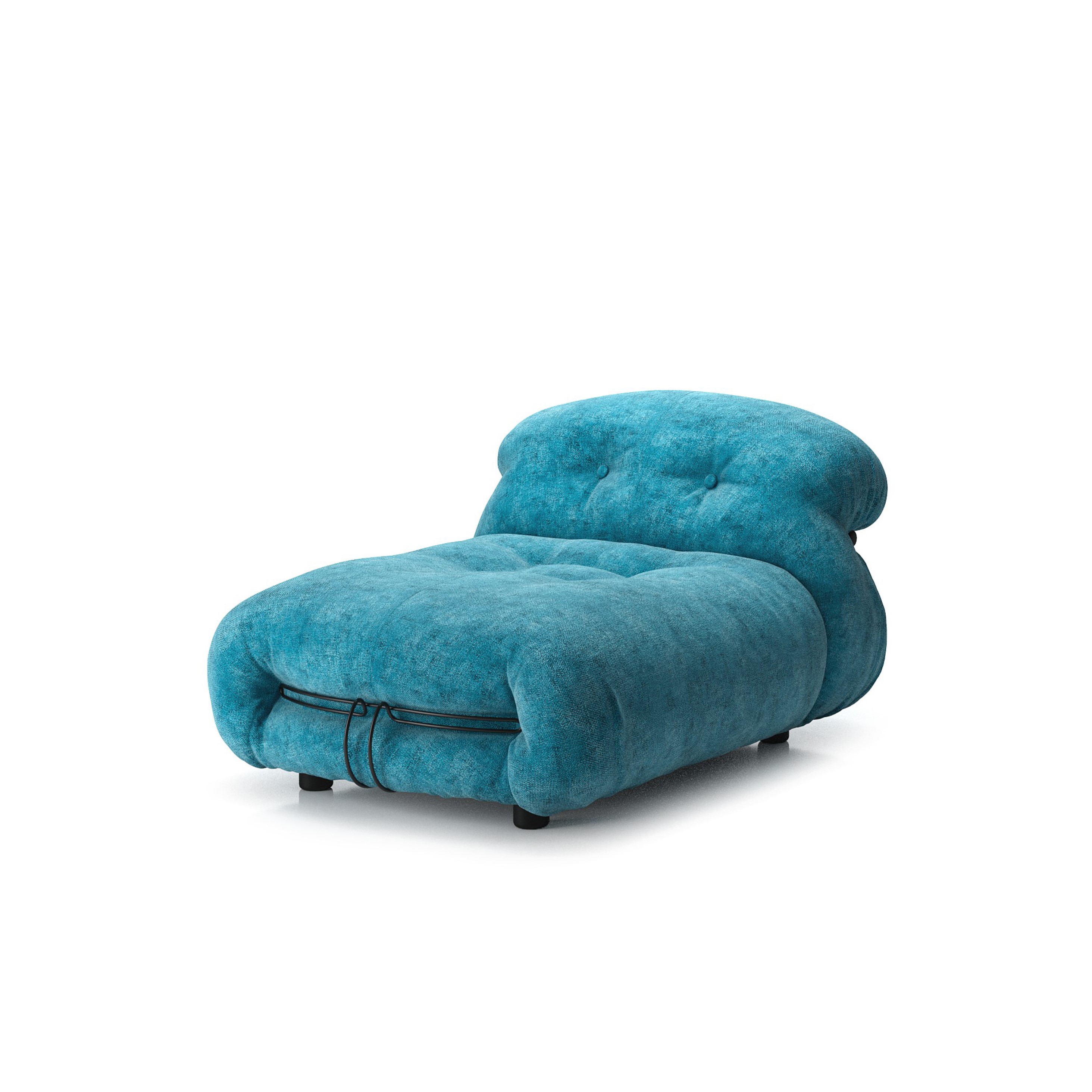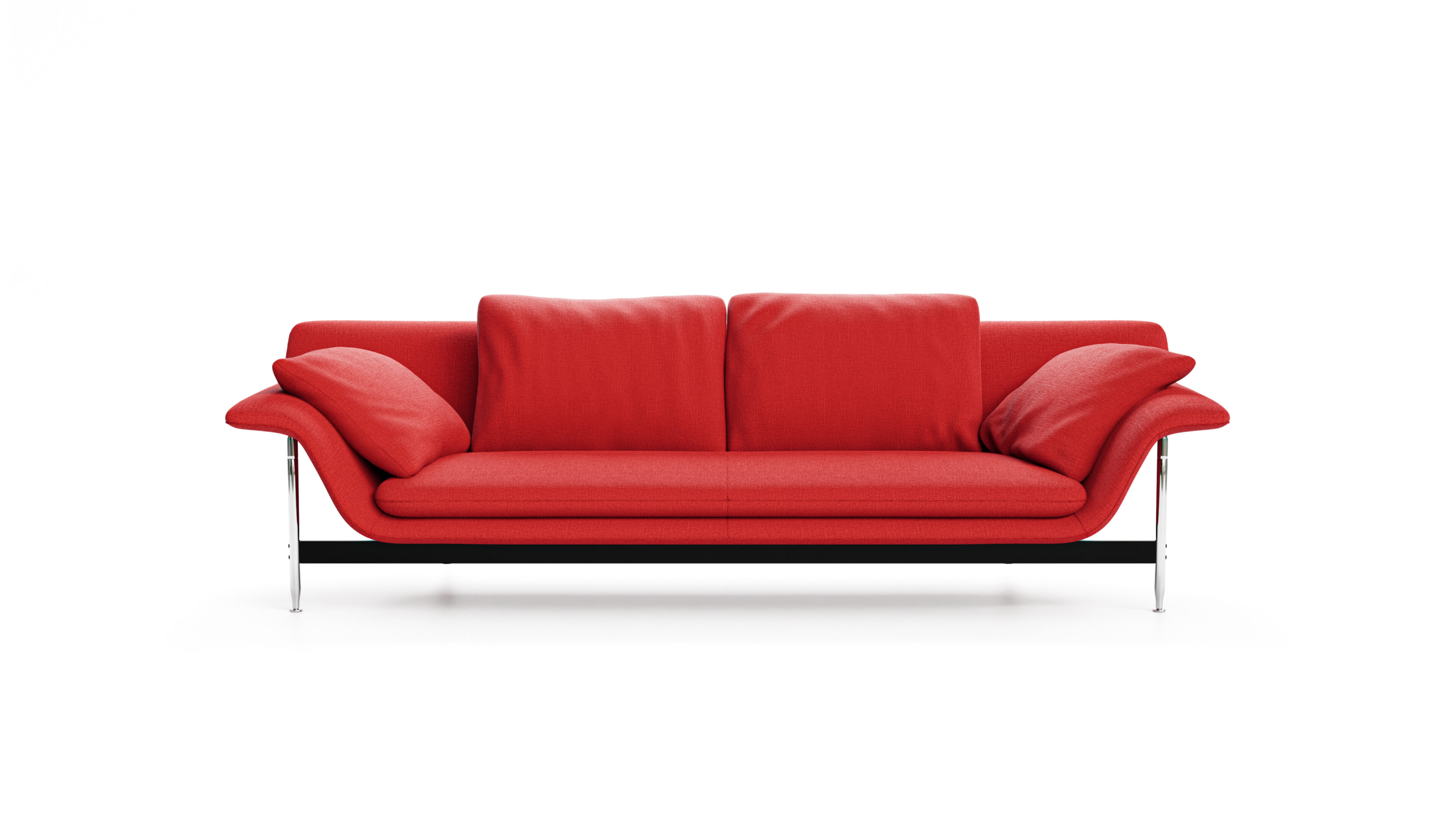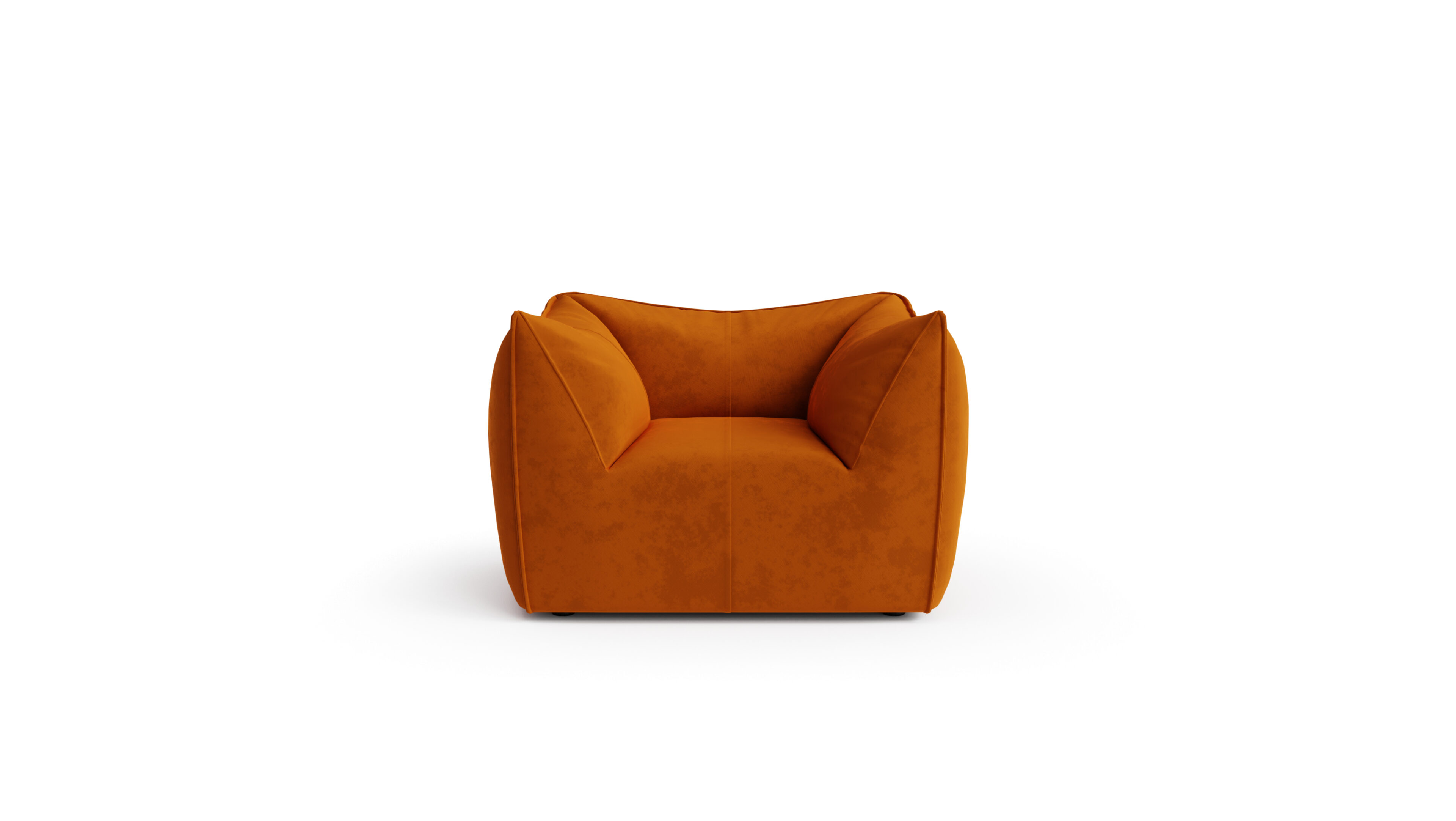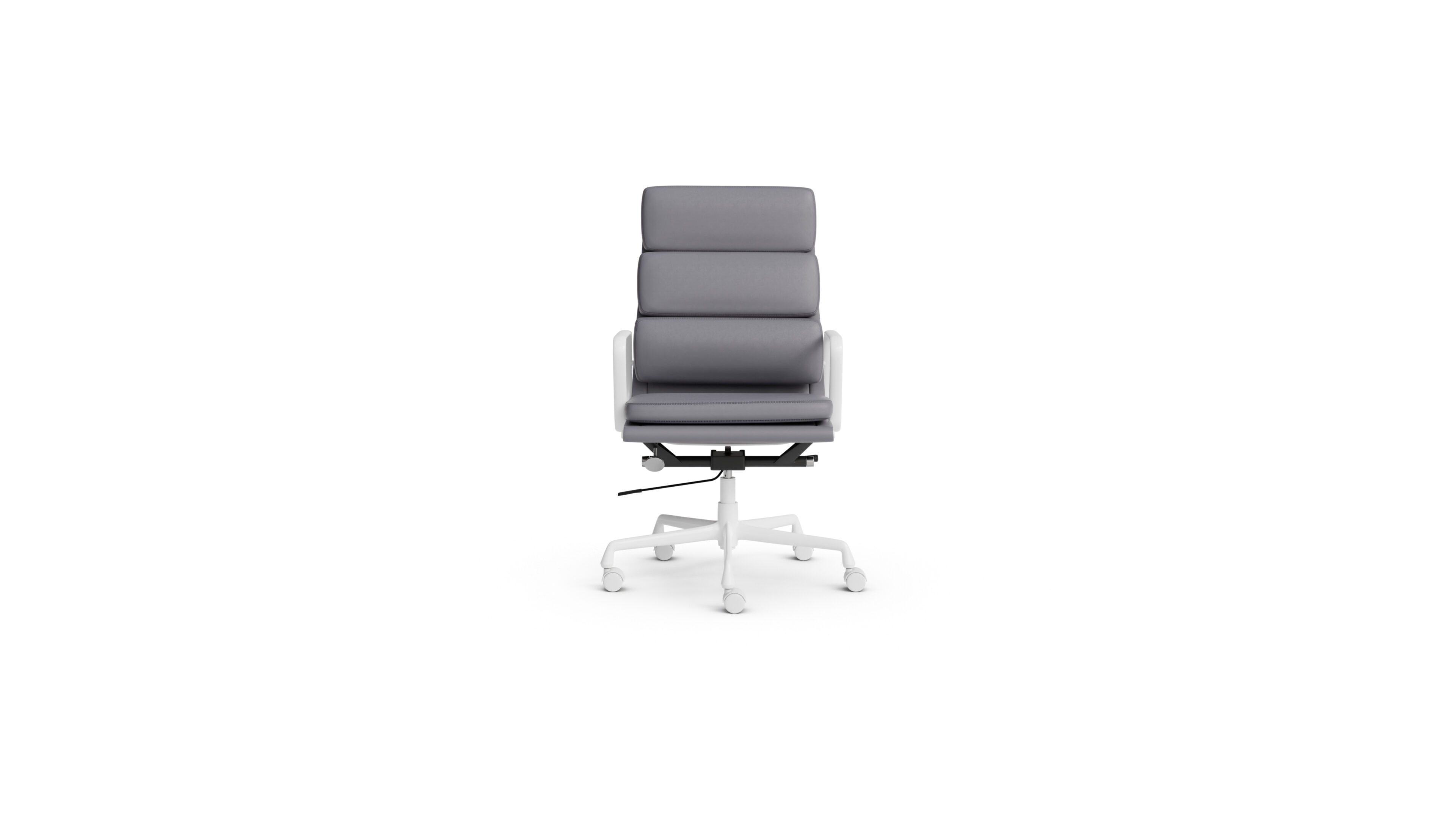
Afra & Tobia Scarpa Biography
Afra and Tobia Scarpa were renowned Italian architects and designers who made significant contributions to the design world. Known for their innovative and elegant creations, the couple’s collaborative work spanned various fields including architecture, industrial design, and interior design. Afra Scarpa was born in Montebelluna, Italy, in 1937, while Tobia Scarpa was born in Venice, Italy, in 1935. They met during their studies at the Venice Institute of Architecture and later married in 1960. Their partnership both personally and professionally became the foundation for their successful careers.
Early Life and Education
Afra and Tobia Scarpa’s early lives were marked by a passion for design and a strong commitment to their craft. Afra Scarpa was exposed to art and architecture from a young age, thanks to her father, Carlo Scarpa, a prominent Italian architect. She developed a keen eye for detail and a deep understanding of craftsmanship, which greatly influenced her work. Tobia Scarpa, on the other hand, grew up in Venice, surrounded by the city’s rich architectural heritage. His exposure to historic buildings and traditional craftsmanship shaped his design sensibilities. Both Afra and Tobia pursued their studies at the Venice Institute of Architecture, where they honed their skills and developed a shared vision for design. Their education provided them with a solid foundation in architectural principles, design theory, and construction techniques. This knowledge would later manifest itself in their collaborative projects, reflecting a deep understanding of both form and function.
Career and Major Works
Afra and Tobia Scarpa’s collaborative career spanned several decades and encompassed a diverse range of projects. Their work seamlessly blended functionality, aesthetics, and attention to detail, resulting in timeless designs that continue to inspire architects and designers to this day. One of their most notable projects was the “Soriana” armchair, created in 1969 for Cassina. This iconic piece showcased their innovative approach to furniture design, featuring a unique shape and a flexible structure that provided exceptional comfort. The Soriana armchair became an instant classic and won the prestigious Compasso d’Oro award in 1970. In the field of architecture, the Scarpa duo left an indelible mark with their designs. The “Olivetti Showroom” in Osaka, Japan, completed in 1968, exemplified their ability to seamlessly integrate modernity and tradition. The building’s façade, characterized by its distinctive wavy glass panels, showcased their mastery of innovative materials and construction techniques.
Another significant architectural achievement was the “Banca Popolare di Verona” headquarters in Verona, Italy. Completed in 1973, this building displayed a harmonious blend of concrete and glass, creating a striking visual impact. The Scarpa duo paid careful attention to the building’s relationship with its surroundings, ensuring that it complemented the existing urban fabric while asserting its own identity. Throughout their career, Afra and Tobia Scarpa collaborated with renowned companies such as Flos, Knoll International, and B&B Italia, leaving an indelible mark on the world of industrial design. Their lighting designs, including the “Foglio” and “Biagio” lamps, demonstrated their ability to combine simplicity with elegance, resulting in timeless pieces that continue to be sought after by design enthusiasts.
Design Philosophy
Afra and Tobia Scarpa’s design philosophy can be characterized by their unwavering commitment to functionality, craftsmanship, and the human experience. Their work emphasized the importance of creating designs that were not only visually appealing but also highly practical and user-friendly. Key elements of their philosophy include:
1. Material Appreciation: Deep understanding and leveraging of different materials’ inherent qualities.
2. User-Centric Approach: Emphasis on creating designs that seamlessly integrate into people’s lives.
3. Functionality and Aesthetics Balance: Ensuring that practicality was never compromised for visual appeal.
4. Innovative Construction Techniques: Exploring and implementing new methods to push design boundaries.
5. Timeless Elegance: Creating designs that transcend passing trends and remain relevant over time.
Legacy and Influence
Afra and Tobia Scarpa’s contributions to the design world continue to resonate today, influencing subsequent generations of architects and designers. Their work exemplifies a timeless elegance and a meticulous attention to detail that transcends passing design trends. The Scarpa duo’s commitment to creating designs that prioritize functionality and user experience has set a standard for excellence in the field. Their ability to seamlessly blend form and function serves as an inspiration for architects and designers worldwide, who strive to create designs that enhance people’s lives.
Furthermore, their innovative use of materials and construction techniques demonstrated a willingness to push boundaries and explore new possibilities. This spirit of experimentation and their quest for innovation have left a lasting impact on the design community, encouraging future generations to think outside the box and challenge established norms.
The Scarpa duo’s work continues to be recognized and celebrated globally. Their designs can be found in prestigious museums, such as the Museum of Modern Art (MoMA) in New York and the Victoria and Albert Museum in London, further solidifying their place in design history. Today, their designs remain highly sought after and continue to be produced by leading manufacturers. The timeless appeal and enduring quality of Afra and Tobia Scarpa’s creations are a testament to their design sensibilities and their ability to create designs that stand the test of time.
Afra & Tobia Scarpa FAQs
What are some notable projects by Afra and Tobia Scarpa?
The “Soriana” armchair for Cassina and the “Olivetti Showroom” in Osaka, Japan are among their most notable projects. They also collaborated with companies like Flos and B&B Italia, creating iconic lighting designs and furniture pieces.
How did Afra and Tobia Scarpa approach design?
Afra and Tobia Scarpa emphasized functionality, craftsmanship, and the user’s experience in their designs. They had a deep appreciation for materials and construction techniques, creating designs that celebrated the unique qualities of each material.
What is the legacy of Afra and Tobia Scarpa?
Their work continues to inspire architects and designers with its timeless elegance and meticulous attention to detail. Their user-centric approach and innovative use of materials have set a standard for excellence in design.























